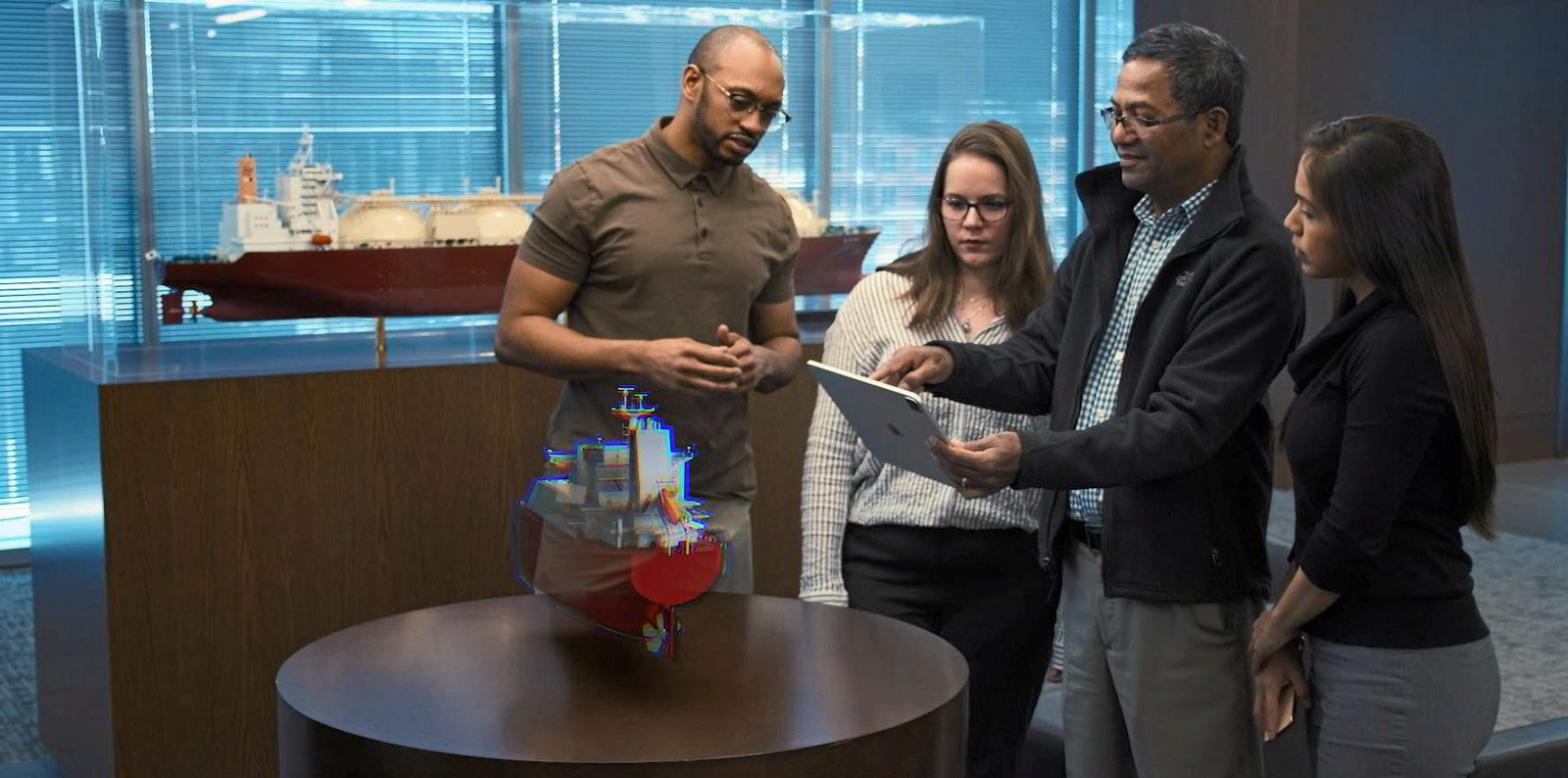This investment challenge is interesting and also difficult given that most of the future technology we need to build a sustainable and profitable shipping business is still in the early stages. Therefore, profit on the short-to-medium term should not be the main investment goal since the technology needed comes at a higher price.
This article is part of a series written by people across shipping in response to this question about how to deploy a hypothetical TradeWinds Sustainable Shipping Fund:
How, where and why would you invest $1bn for the best return in sustainable shipping, as the industry grapples with the need to cut carbon emissions, improve efficiency and keep cargoes moving in a world facing multiple economic and political challenges? The investment will be made now and ideally held for the next seven years to the end of the decade. As an added bonus, give one policy or regulation you would like to implement from 1 January 2023 to benefit shipping?
I would develop a vessel concept that will have multiple iterations during the seven-year investment period and after. Newer versions of the vessel would come with more proven technology and the profit would come as the demand for the newer ships becomes widespread.
In terms of the fuel for the vessels, that debate seems all but settled in favour of LNG and other alternative biofuels, with flexibility and availability being the key.
More important in my mind for the success of the vessel concept and investment will be the decision-making around key factors related to technology, including autonomous and semi-autonomous equipment, remote monitoring and maintenance, and 3D printing of spare parts.
Fully autonomous vessels will not be likely in the next few years, so I would focus on semi-autonomous ships that have core crew onboard to maintain safety and operability. The key focus would be on autonomous and semi-autonomous equipment on the vessel, with a priority on developing strong relationships with the original equipment manufacturers. This close dialogue is the best way to ensure that the equipment will get better and better over time.
Maintenance of the equipment onboard can be done through sensors and sea-to-shore connectivity with a sharp team to monitor everything on shore. Planned maintenance with OEMs or alternative service providers is essential to keep the vessels in good condition, prevent major breakdowns, and enable the core crew to focus on other matters.
A strong network of service suppliers is key as the pandemic has proven that you need to be able to rely on companies in many different places and not on a sole supplier. Planned maintenance will help in the predictability of the costs as well as improve the final ROI.
For spare parts, there would be potential for 3D printing, whether onboard or in port. That said, the material for higher-grade machinery cannot be printed yet and tolerances are also not yet achieved. It will require OEMs and alternative suppliers to build service-level agreements for the use of the parts.
Personally, I see this vessel concept approach as the best way to invest and build a sustainable and profitable shipping business, but it requires fortitude to see it through long term.




